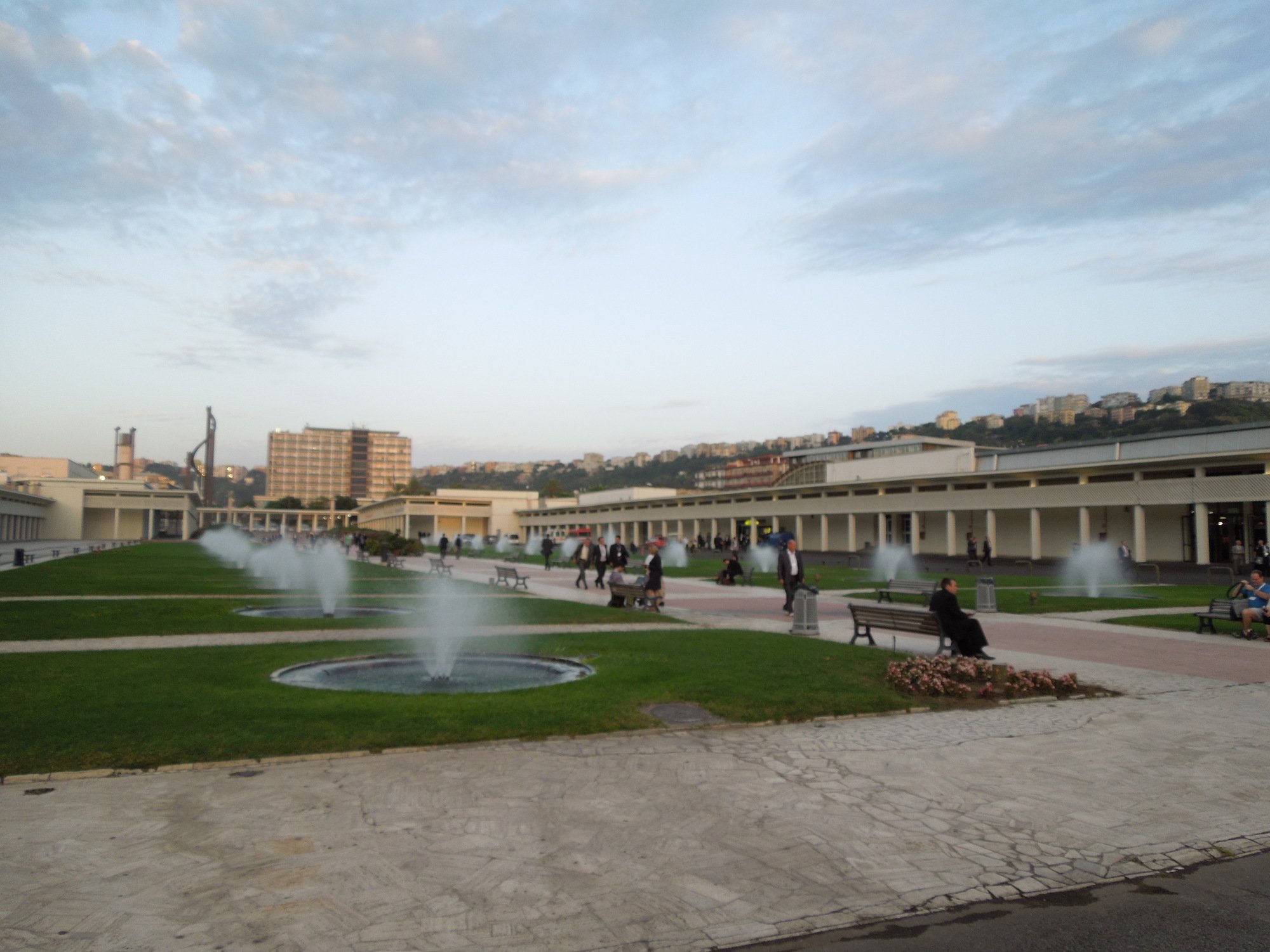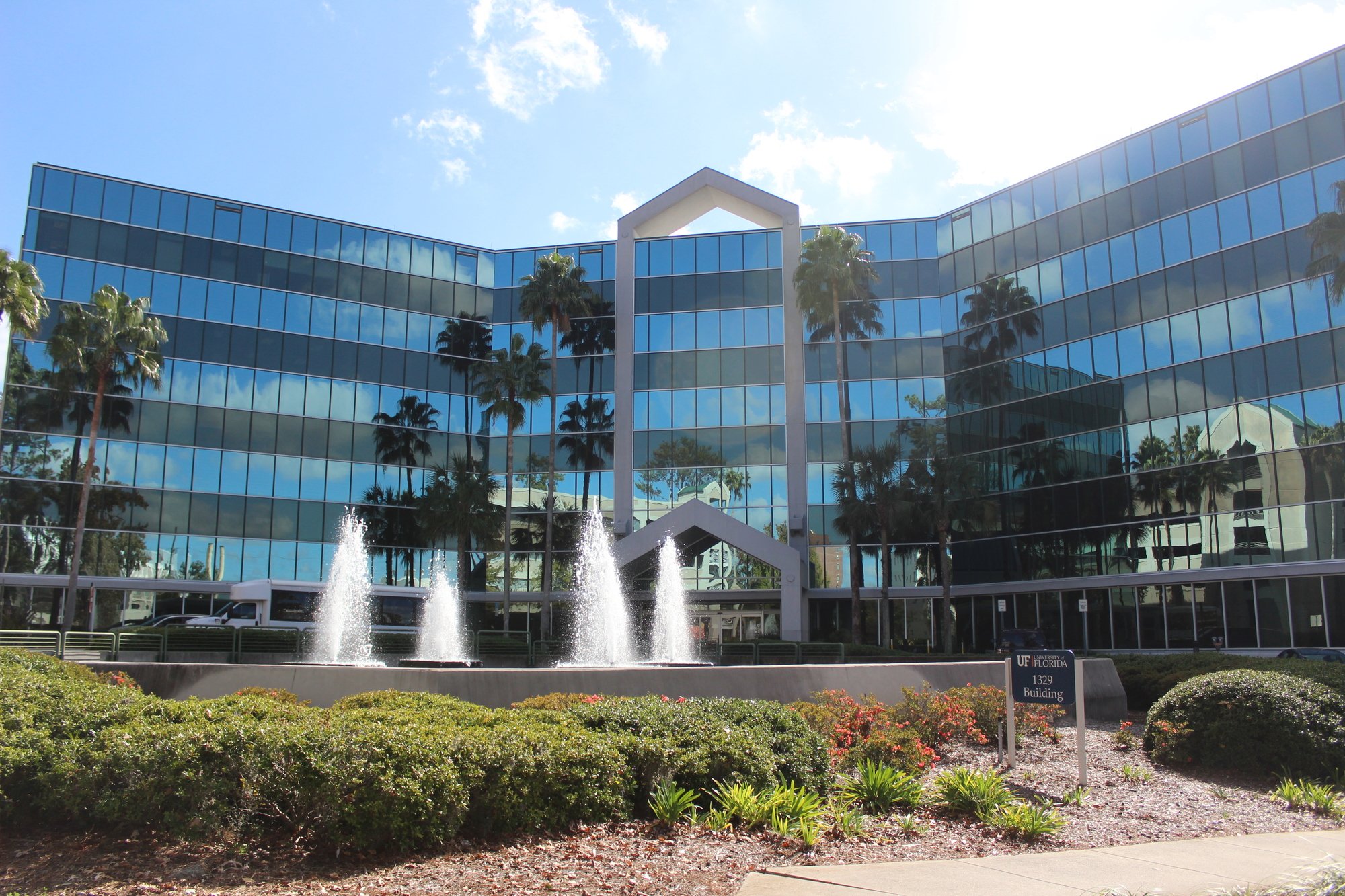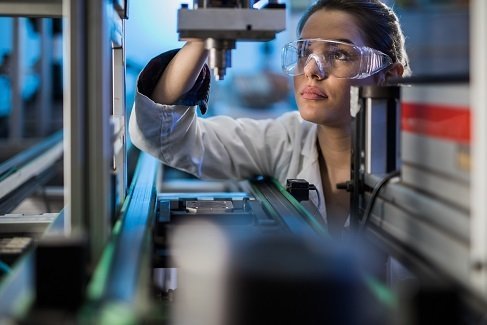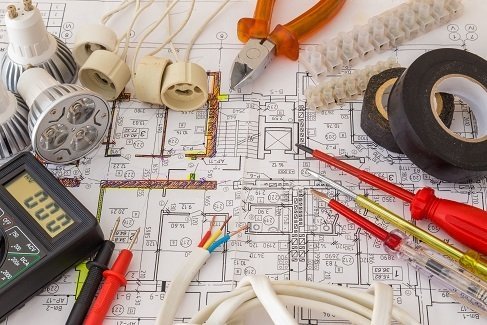Think labs are just tedious work? Think again. These research classes sound like a STEMer’s dream, but they’re real!
They teach students by putting them in real-world situations where they can see firsthand how they can help improve the situation. Sign up early…these spots probably fill up fast! Here are the 10 colleges with the best research labs!
Lab: Propulsion Research Center
College: University of Alabama at Huntsville
You know that saying, “I’m not a rocket scientist”? Well, that’s not an excuse for these students. In Alabama, 20 aeronautical and mechanical engineering students are challenged to design, construct and fly a rocket. These aren’t just toys – these rockets require a permit because of the heights they soar to. It’s no surprise that several rocket-crew alumni become hooked and go on to work for NASA, which has its Marshall Space Flight Center just down the road from the university!
Lab: Practical Malting and Brewing
College: University of California at Davis
Yes, that means beer. Students are lining up to learn how to make their own beer on site at the campus brewery. The final project? A competition where professional brewmasters judge each student’s project. Your parents probably won’t approve, but hey, brewmasters are always needed!
Students here are studying how extreme storms like hurricanes and tornadoes form so they can create structures that can withstand them. At the Debris Impact Facility, teams use a custom high-impact gun to fire 2-by-4s at brick walls, shelters and safes to prove the strength of the targets’ materials and design. Sounds like a child’s playtime, but for these aspiring structural engineers and atmospheric scientists, it’s a necessity.
Lab: Robotics and Human Engineering Laboratory
College: University of California at Berkeley
These students are literally helping put disabled patients back on their feet. Using robotics, students build systems that aid humans such as the ExoHiker, which helps hikers carry heavy loads on their back, and eLEGS, a hydraulically powered exoskeleton system that allows paraplegics to stand and walk with crutches or a walker.
Lab: IceCube Neutrino Observatory
College: University of Wisconsin-Madison
Undergraduate students who hope to become particle physicists or electrical engineers get an awesome experience in this lab. In the South Pole, the world’s largest and most remote neutrino observatory called IceCube is monitoring nearly massless particles that rarely interact with matter called neutrinos. While most students monitor the lab’s detectors from stations in the U.S. and Europe, a lucky few get to journey to the South Pole to conduct research at IceCube.
Ready to spend a summer in Swaziland? That’s what 15 students from the University of Florida do when they set out to study ecology and conservation. Students will radio-collar bats, collect giraffe droppings for genetic analysis, or study impalas and zebras in the lowland savanna. Talk about a real-life safari!
Ready for a real-life CSI? This research lab starts with depositing bodies in the ground so students can study how a body decays. They’ll collect DNA from the bodies and test for the presence of microbes or drugs, which authorities could use to determine identity and toxicology in murder cases. Sometimes they even re-create a crime scene to test out hypotheses. Perfect experience if you are interested in becoming a forensic pathologist, forensic scientist or forensic anthropologist.
Lab: Subzero Science and Engineering Lab
College: Montana State University
As long as you don’t mind the cold, you might enjoy learning how things work in chilling temperatures. Students spend time in a low-temperature laboratory studying things that have been deeply frozen, like 250,000-year-old ice cores. They also conduct research on issues like predicting avalanches and keeping roads free of ice during the winter.
Instead of sitting in a lab looking at petri dishes, you’ll need to get your hiking boots on for this lab. Undergraduates in Hazel Barton’s lab do their fieldwork in caves in places like Brazil to get up close with microbes. The microbes feed on iron in rocks, and by studying them, students hope to learn how to better predict the formation of sinkholes and caves. They also study the competition between various microbial species, looking for insights that could lead to new forms of antibiotics.
Lab: National Crash Analysis Center
College: George Washington University
Future safety engineers will live out every young boy’s dream: they get to crash cars on site, then virtually rebuild them in order to crash them again. It’s not just to see things go boom – they study these crashes to help create safety standards for cars, light poles, barriers and signs. The program focuses on researching whether or not highway objects should increase in size to match the expanding SUV population.
Want more of the best colleges for STEMers? Check out our STEM Approved Colleges.
















Leave A Comment
You must be logged in to post a comment.